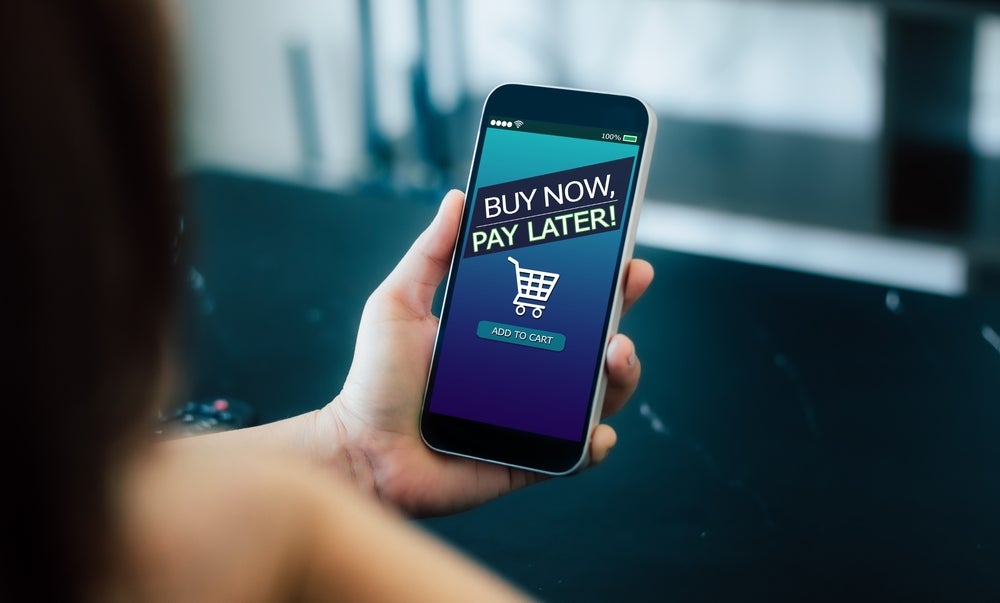Zettle’s Tap to Pay service presents the opportunity to move away from card readers as it aims to capitalise on the booming mobile wallet space across parts of Europe.
In May 2022, Zettle rolled out its new Tap to Pay feature in the UK, the Netherlands, and Sweden, enabling small businesses to directly accept payments on their Android smartphone without having to use a payment terminal. This solution takes advantage of NFC technology already available in most smartphones and simplifies the payment process for merchants by eliminating the need to acquire a payment terminal.
Tap to Pay is a convenient payment acceptance solution for merchants that turns Android smartphones into payment terminals by installing the Zettle Go app. This solution eliminates the needs to acquire a terminal or any setup fees. Given that Zettle’s terminals vary in cost from £29 to £1,000, merchants would be able to save by adopting Tap to Pay instead. The current version of this solution is only available to Android users, which means only merchants with Android devices will be able to adopt this solution.
GlobalData’s Payment Cards Analytics
According to GlobalData’s Payment Cards Analytics, 88.15% of debit, credit, and charge cards issued in the UK are contactless in 2021. With Tap to Pay, Zettle is making the card reader obsolete, and it is looking to provide a solution that adapts to merchants’ and consumers’ needs.
During the pandemic, contactless payments and mobile wallet usage increased as consumers were looking to limit the spread of Covid-19. GlobalData’s Payment Instrument Analytics estimated that the mobile wallet transaction value reached $79.6bn in the UK in 2021, growing at a compound annual growth rate of 29.5% between 2019 and 2021, and it is projected to reach $134bn by 2025.
Transactions larger than the contactless limit of £100 can still be processed through smartphones as long as consumers are able to provide authentication. Though an innovative solution, some consumers may have some issues with it. With these larger transactions, cards will still need to be inserted into a card reader, and merchants will have to send a payment link to the consumer’s mobile to complete the payment. Some consumers may find the process challenging or inconvenient and may struggle to settle transactions via smartphone as they are accustomed to their card.
How well do you really know your competitors?
Access the most comprehensive Company Profiles on the market, powered by GlobalData. Save hours of research. Gain competitive edge.

Thank you!
Your download email will arrive shortly
Not ready to buy yet? Download a free sample
We are confident about the unique quality of our Company Profiles. However, we want you to make the most beneficial decision for your business, so we offer a free sample that you can download by submitting the below form
By GlobalDataStreamlining the payment process
The decision by Zettle to launch Tap to Pay is very likely due to the fact that its competitors will launch similar payment solutions by the end of 2022. Both Adyen and Stripe have already partnered with Apple to support its Tap to Pay solution, which is currently being prepared for release. The industry is shifting towards streamlining the payment process and removing card readers, and taking advantage of merchants’ pre-existing devices is an effective way to do so.
This solution marks a shift in payment terminals for merchants. Though Zettle will not stop providing card readers, it is keeping up with the evolution of the market and ensuring that it can compete with any solutions its competitors may provide.








Related Company Profiles
Apple Inc
Adyen NV
Stripe Inc